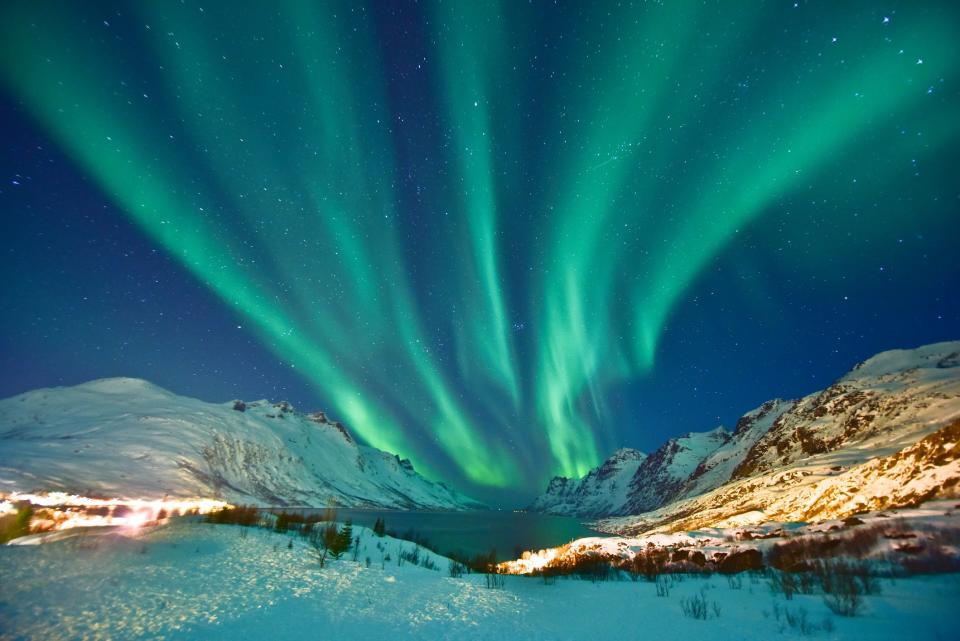'Dazzling displays': Look for aurora borealis northern lights show across Wisconsin on Wednesday night; clear skies forecast for Milwaukee
Keep an eye to the sky across Wisconsin on Wednesday night. The aurora borealis, or northern lights, may be making a rare appearance.
Recent explosions on the surface of the sun have sent clouds of charged particles, known as coronal mass ejections, hurtling through the solar system, according to AccuWeather.
"These clouds of particles are predicted to collide with Earth's magnetic field on Wednesday night into Thursday, sparking dazzling displays of the aurora," AccuWeather's Brian Lada said.
According to Earthsky.org, much of the state, including Milwaukee, could see the aurora directly overhead. Auroras typically appear as rippling curtains of green, red or purple light.
Skies over the southern half of Wisconsin, including the Milwaukee metro area, are expected to be mostly clear on Wednesday night. So if the northern lights do appear, folks in the southern portion of the state should be able to see them, said Marcia Cronce, a meteorologist with the National Weather Service in Sullivan.
The chances of the northern lights making an appearance over southern Wisconsin are fairly high again Thursday, "but there will be more clouds around," Cronce said.
Still, far southeast Wisconsin skies will range from partly cloudy to possibly clear again on Thursday night, Cronce said.
Even if clouds do show up, "We have a pretty good chance for some holes in the clouds for Thursday night," Cronce said.
Geomagnetic storms such as these can also affect infrastructure in near-Earth orbit and on the surface, possibly disrupting communications, the power grid, navigation, and radio and satellite operations, the National Oceanic and Atmospheric Administration said.
AURORA HISTORY: Roughly 2,700 years ago, an unusually powerful solar storm swept past the Earth
But such disruptions are unlikely from this event, Lada said.
Geomagnetic storm watch issued
NOAA's Space Weather Prediction Center has issued a G3 (strong) geomagnetic storm watch into Thursday. This is the third level of NOAA's five-level geomagnetic storm scale. (G1 storms are minor; G5s are considered extreme.)

The storms can drive the aurora farther south from its usual position over the polar region. Auroras for this storm may be visible, if weather conditions are favorable, as far south as Pennsylvania to Iowa to Oregon, NOAA reported.
AURORA SCIENCE: New type of aurora, nicknamed 'the dunes,' discovered by citizen scientists in Finland
Joe Taschler of the Journal Sentinel staff contributed to this report.
This article originally appeared on USA TODAY: Aurora borealis northern lights might be visible across Wisconsin

